CENTRE OF PERPETUAL MECHANICS (CPM)
About the Centre:
Perpetual points in mathematics have been defined recently, and their role is ongoing research. The perpetual points as a mathematical tool in mechanics are rather significant and their application leads to perpetual mechanics. This is the first perpetual mechanics research center globally and the research publications relevant to perpetual points in mechanics so far are only by the people from this research center.
Need for the Centre in Global Arena
The research outcomes on perpetual mechanics are rather significant since it is the only theory that predicts the particle-wave motion of mechanical structures and also the conditions of zero dissipation of energy in dissipative mechanical systems. Since there are significant research outcomes on this topic and currently there are no other research centers globally on this topic, therefore the need of the establishment of the centre is justified.
Vision:
The vision is to establish a World-class International Research Centre with international collaborations and staff, funded by local, international agencies and industry.
Mission:
- To study complex phenomena in mechanics with the view of perpetual points and make this research valuable to humanity.
Specific Objectives:
- Recruit local and International people in all levels of research from undergraduate, postgraduate, and higher-level researchers.
- Dissemination of research outcomes in international journals and conferences, and also preparation of courses and lecturing material to make perpetual mechanics available to the people
- Collaborate with researchers from local and international institutes.
- Collaborate with industry to make perpetual mechanics useful in the industrial level.
- Obtain funding from local, international agencies and industry.
Thrust Areas
Thereotical linear and nonlinear mechanics with applications in transportation, aeronautical and, space structures.Frequently Asked Questions
| 1 | What are the perpetual points? |
| The perpetual points of a dynamical system are the sets of points that arise by setting accelerations and jerks equal to zero for nonzero velocities [Prasad A. 2015]. | |
| 2 | Why the perpetual points are useful in the dynamics of mechanical systems? |
|
In linear, and some nonlinear unforced mechanical systems they are associated with rigid body motions [Georgiades 2020 IUTAM, and Georgiades 2021 Proc. IMechE] and they are infinite points (forming manifolds). Therefore under conditions they can form solutions of differential equations that describe rigid body indefinite motions. |
|
| 3 | What are the perpetual mechanical systems? |
|
The unforced, linear and nonlinear, mechanical systems with infinite perpetual points associated with rigid body motion are called perpetual mechanical systems, and this definition applies in linear and nonlinear mechanical systems [Georgiades 2021 ASME JCND]. Therefore these systems are possible to move indefinitely in rigid body motion, and this justifies the terminology. The perpetual mechanical systems configuration can be in two possible ways, without any structural element attached to the ground or with structural elements as boundaries of them attached to the ground. Also they can have any, greater than 2, number of degrees of freedom. |
|
| 4 | What are the augmented perpetual manifolds? |
|
The augmented perpetual manifolds are defined as the infinite sets of points of anexternally forced perpetual mechanical system that arise when we set all accelerations equal but not necessarily zero. Upon the initial conditions the equal accelerations define exact rigid body motions and these solutions are called exact augmented perpetual manifolds[Georgiades 2021 ASME JCND]. In case that the accelerations are zero then they coincide with the perpetual manifolds, and this justifies the terminology (augmented). |
|
| 5 | Why the augmented perpetual manifolds are important for the mechanical systems? |
|
The exact augmented perpetual manifolds are defining rigid body motions of externally forced perpetual mechanical systems without any oscillations which is the ultimate motion in many mechanical structures e.g. car, train, bicycle, airplane, etc.Therefore the N-degrees of freedom mechanical system, in the exact augmented perpetual manifolds, is moving like a particle. Moreover, these motions of the mechanical systems can have infinite functional forms [Georgiades 2021 SSCM] e.g. particle linear, particle-curvilinear form, particle-standing wave, particle-longitudinal wave etc. |
|
| 6 | Why is called perpetual mechanics and not dynamics of perpetual mechanical systems? |
|
The dynamics of perpetual mechanical systems can deal only with the dynamics of the mechanical systems. The dynamics of mechanical systems in the exact augmented perpetual manifolds, with the view of mechanics, is associated with certain characteristics: The linear and the nonlinear perpetual mechanical systems for the same external forcing they have the same motion [Georgiades 2021 IJNM]. Therefore to study the dynamics of the perpetual mechanical systems in the exact augmented perpetual manifolds there is no need of cumbersome nonlinear modelling. The sum of the internal forces of the perpetual mechanical system, when the dynamics is described by an exact perpetual manifold, is equal to zero [Georgiades 2021, NODYCON]. The natural perpetual dissipative mechanical systems, when their motion is described by the exact augmented perpetual manifolds, under certain conditions, can have eliminated all the individual internal forces, no internal dissipation, the kinetic energy changes is equal with the external forces work done, and these systems might behave as perpetual machines of third kind [Georgiades 2022, Nonlinear Dynamics]. All these conclusions are rather significant in terms of mechanics as a consequence of the dynamics of the perpetual mechanical systems in the exact augmented perpetual manifolds. Therefore the examination of the dynamics of the perpetual mechanical systems with their associated internal forces and their energy exchange with the environment is called perpetual mechanics. |
|
| The cornerstones for justifying the concept of Perpetual Mechanics are the two theorems proved in the following articles: | |
|
1. Georgiades, F., 2021, Augmented Perpetual Manifolds and Perpetual Mechanical Systems-Part I: Definitions, Theorem and Corollary for Triggering Perpetual Manifolds, Application in Reduced Order Modeling and Particle-Wave Motion of Flexible Mechanical Systems, Journal of Computational and Nonlinear Dynamics, Jul 2021, 16(7): 071005 (19 pages). Which is about defining the terminology and setting the requirements for rigid body motion of mechanical systems, and can be found in the following link: https://lnkd.in/e89Ts_nM |
|
| 2. Georgiades, F., 2022, Augmented perpetual manifolds and perpetual mechanical systems-part II: theorem for dissipative mechanical systems behaving as perpetual machines of third kind, Nonlinear Dynamics.
Which is examining the mechanics of the dynamics defined in Part-I. Springer Nature established a new feature that articles can be viewed and edited online and the link for this article is:
https://rdcu.be/cGzkI
Alternatively the full article can be viewed in the Director’s ResearchGate scientific profile, or downloaded in the following link:
|
|
Publications (Refereed)
| Conference Participations | |
| 12 | Georgiades, F., Exact augmented perpetual manifolds define specifications for rigid body modes in mechanical systems. 2nd CONFERENCE ON NONLINEARITY, 18—22.10.2021, Belgrade, Serbia, abstract (remote participation). http://www.nonlinearity2021.matf.bg.ac.rs/registration.php |
| 13 | Georgiades, F., Augmented Perpetual Manifolds: Mechanical System With Particle-Transversal Wave and Like ‘Dancing’ Motions, ASME IDETC 2021, August 17-19 2021, MSNDC-11-01 Dynamics of Smart Structures and Systems, extended abstract for technical presentation, IDETC2021-74624 (remote participation). |
| 14 | Georgiades, F., EXACT AUGMENTED PERPETUAL MANIFOLDS: A COROLLARY FOR THEIR UNIQENESS, 8th International Congress of Serbian Society of Mechanics, Kragujevac, Serbia June 28-30, 2021, Ext Abs, Proc. Serbian Cong Mech, M1:5th Serbian-Greek Symposium on Advanced Mechanics, ID15 (remote participation). |
| 15 | Georgiades, F., EXACT AUGMENTED PERPETUAL MANIFOLDS: COROLLARY ABOUT LINEAR AND NONLINEAR PERPETUAL MECHANICAL SYSTEMS, 8th International Congress of Serbian Society of Mechanics, Kragujevac, Serbia June 28-30, 2021, Ext Abs, Proc. Serbian Cong Mech,, M4 Nonlinear Dynamics, ID14 (remote participation). |
| 16 | Georgiades, F., Augmented perpetual manifolds of mechanical systems, NODYCON 2021, February 16-19 2021, remotely organized in Rome (Italy). https://nodycon.org/2021/papers/410/abstract_submissions/855/view_abstract |
| 17 | Georgiades, F., Triggering the Perpetual Manifolds of Natural Mechanical Systems, ENOC 2020, July 5-10 2020 Lyon France, accepted extended abstract, due to COVID-19 cancelled. Due to published article with the full content the participation is withdrawn. |
| 18 | Georgiades, F., ON THE STABILITY OF THE PERPETUAL MANIFOLDS IN MECHANICAL SYSTEMS, XXV ICTAM, 23-28 August 2020 Milano Italy, accepted extended abstract, due to COVID-19 postponed for August 22-27 2021, and then the participation withdrawn due to unemployment of the author. |
| 19 | Georgiades, F., 2019, Observation about perpetual points in dissipative natural nonlinear mechanical systems, Symposium ‘Nonlinear Dynamics-Scientific work of Prof. Dr Katica (Stevanovic) Hedrih’ Mathematical Institute of the Serbian Academy of Sciences and Arts, Belgrade (Serbia) 17-20 February 2019. http://www.mi.sanu.ac.rs/novi_sajt/research/conferences/ksh/default.htm |
| 20 | Georgiades, F., 2018, Remarks about Perpetual Points in Mechanical Systems, IUTAM Symposium ‘Exploiting Nonlinear Dynamics for Engineering Systems, Enolides’ Novi-Sad (Serbia) 15-19 July 2018. http://enolides.ftn.uns.ac.rs/. |
Collaborative Researchers
|
Prof. Ivana Atanasovska, Mathematical Institute of Serbian Academy of Sciences and Arts –MI SANU(Serbia) |
|
Assist. Prof. AndjelkaHedrih, Mathematical Institute of Serbian Academy of Science and Arts-MI SANU (Serbia) |
|
Organised the Special Issue “Nonlinear Dynamics of Mechanical Systems” dedicated to 75th birthday and 52 years scientific contribution of Prof. Katica R. (Stevanovic) Hedrih in Journal of Mechanical Science of IMechE Part C, and the Director of CPM, while working for the establishment of CPM, with Chennai Institute of Technology affiliation published the editorial preface and the tribute to Prof. Hedrih. |


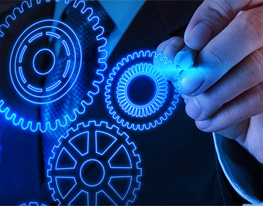

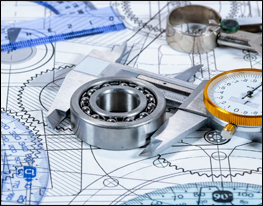







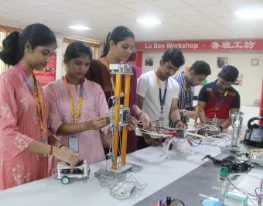
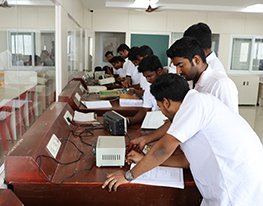

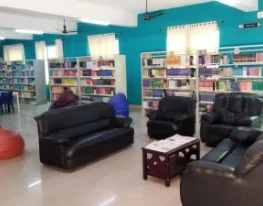

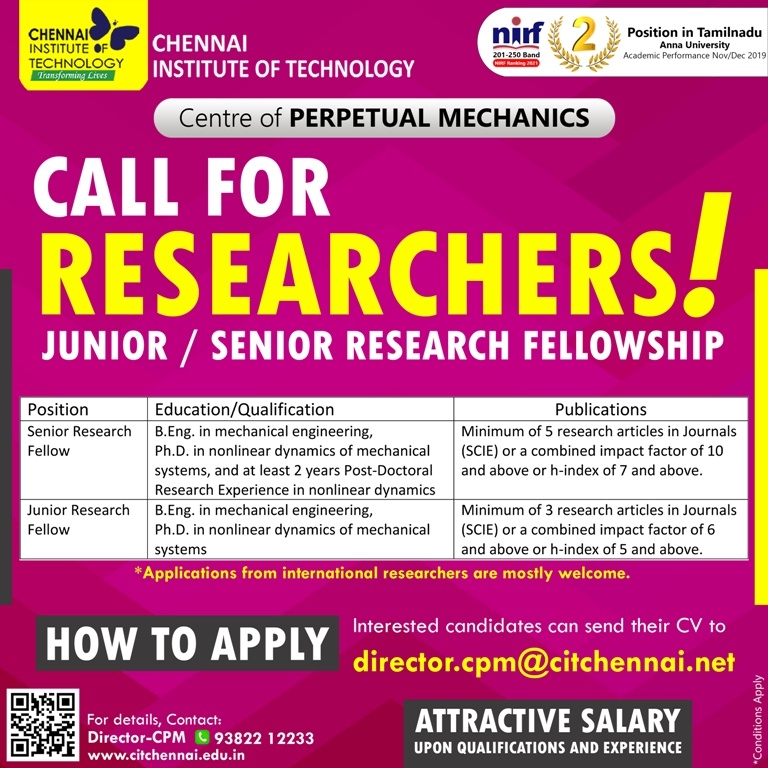
 Research
Research
